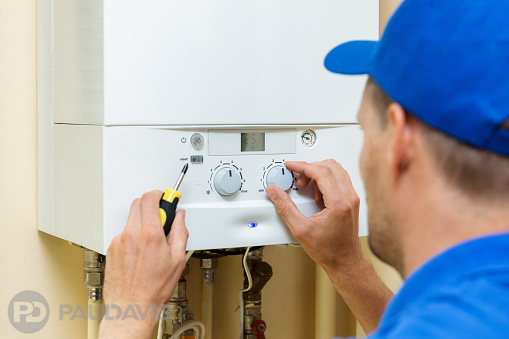
Vince’s vacation bliss lasted almost 10 minutes after he returned home. Then he went downstairs and discovered his basement soaking in two inches of water from a water heater leak. The bill for fixing carpet, drywall and a pool table? Over $20,000.
Like many homeowners, Vince installed his water heater eight years ago and promptly forgot about it. It’s a costly and inconvenient mistake. Water heater failures are one of the top five sources of residential water damage, racking up average price tags of nearly $4,500 per incident – after deductible payments. Some water heaters send distress signals – popping or rumbling sounds, cold water, rusty water from faucets, moisture around the unit – but others can fail silently. Worse, one in 10 water heater failures occurs in an unoccupied home, boosting associated damage costs to a painful $7,000. No matter what, malfunctioning water heaters are always frustrating: who wants to take a cold shower?
A few simple maintenance steps through the years keep the hot water flowing while averting welcome-home floods and other watery nightmares. These easy DIY tasks increase the appliance’s efficiency and longevity while lowering the costs of operation. They also flag brewing problems before they cause property damage.
Five simple steps, completed in about a half-hour twice yearly, keep these devices healthier:
Check the temperature-pressure-release (TPR) valve. This valve, usually located toward the top of the unit, is an important safety feature: it opens if the tank’s pressure gets too high. If it’s not in working order, tanks can burst.
Drain the sediment at least annually, and ideally, twice a year. Sediment build-up, which is normal for any unit and more troublesome in hard-water areas, decreases efficiency and raises operation costs. Sediment build-up may cause rumbling noises, but can also occur silently.
Check the anode rod. This rod sacrifices itself for the good of the unit: it rusts before the tank rusts. Rods rust at different rates in different models, but they eventually rust away completely – that’s what they are designed to do. If yours has rusted away, the tank itself is now rusting and preparing to leak.
Check for leaks. Look carefully at the outside of the unit for rusty areas or moisture. Leaks often begin as tiny “pinholes” that are inconspicuous. If they aren’t caught, they always lead to bigger, wetter problems.
Consider the water heater’s age. Water heaters don’t last forever and even conscientious maintenance can’t rescue an old unit. New models are so much more efficient that they often pay for themselves in a year or two and can substantially lower costs of operation.
A half-hour twice a year helps prevent apocalyptic scenes like this watery disaster. The next frame in that sad story? The homeowner calling Paul Davis for help!
